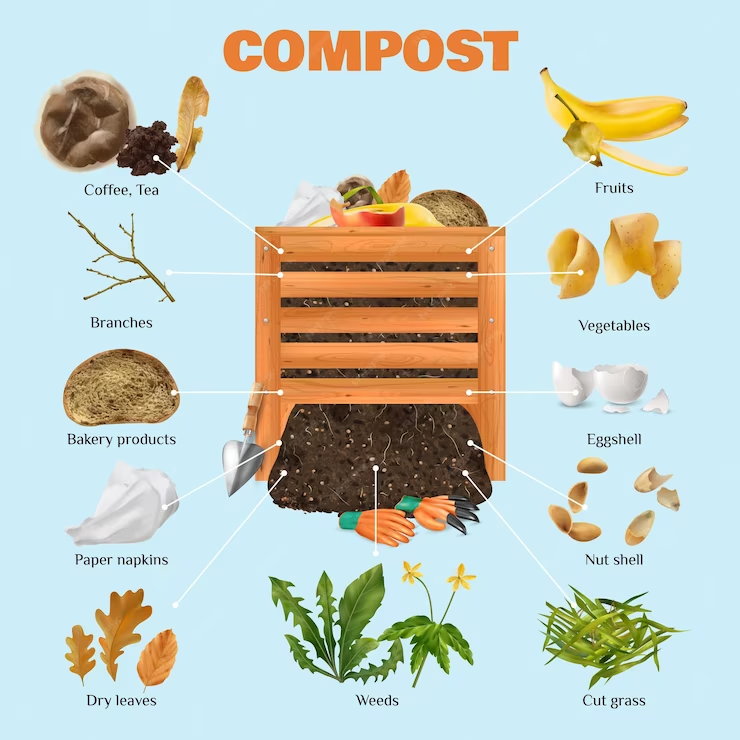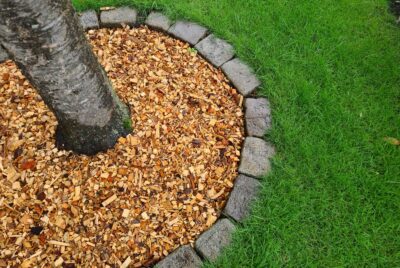Starter Fertilizer: Boosting Your New Lawn’s Growth
As a passionate lawn enthusiast and advisor, I’m excited to share my insights and suggestions on using starter fertilizer to seed a new lawn. When it comes to establishing a healthy and vibrant lawn, proper fertilization plays a crucial role. In this article, we’ll explore when to apply starter fertilizer, when to refertilize, and techniques to efficiently nourish your new lawn. No-till methods may be especially suitable too.
Understanding Starter Fertilizer
Before we dive into the specifics, let’s understand what starter fertilizer is and why it is beneficial for your new lawn. Starter fertilizer is a specialized blend that contains a higher concentration of essential nutrients, particularly nitrogen, phosphorus, and potassium (N-P-K). These nutrients are vital for promoting root development, seed germination, and early growth.
1. When to Apply Starter Fertilizer
To maximize the benefits of using this fertilizer, timing is key. Here are some guidelines to follow:
1.1 Seeding a New Lawn
Apply starter fertilizer immediately after seeding your lawn or laying down sod. The nutrients in the fertilizer provide a strong foundation for your new grass to establish healthy roots and kickstart growth. Follow the instructions on the fertilizer packaging for the recommended application rate.
1.2 Existing Lawns with Patchy Areas
If you have existing lawns with patchy or thin areas, you can also use starter fertilizer to encourage new grass growth. Apply the fertilizer to the bare patches, following the instructions for application rates. Ensure proper watering after application to facilitate nutrient absorption.
2. When to Refertilize
As with any fertilizer, the initial lawn is supercharged by the NPK initial boost, it is essential to refertilize your lawn to maintain its health and vitality. Here’s when you should consider refertilizing:
2.1 Four to Six Weeks after Seeding
After four to six weeks of seed germination, the initial supply of nutrients from the starter fertilizer may start to deplete. Consider applying a balanced lawn fertilizer to replenish the nutrient levels and support ongoing growth.
2.2 Following the Recommended Fertilization Schedule
Refer to the specific needs of your grass species and regional recommendations for fertilization schedules. Regular fertilization throughout the growing season will keep your lawn lush and vibrant. Follow the instructions on the fertilizer packaging for application rates and frequency.
3. Techniques for Efficient Fertilization
Efficiently applying fertilizer to your lawn ensures optimal nutrient distribution and minimizes waste. Here are some techniques to consider:
3.1 Use a Broadcast Spreader
A broadcast spreader is an efficient tool for evenly distributing fertilizer across your lawn. Adjust the spreader settings according to the recommended application rate and walk at a steady pace to achieve uniform coverage.
3.2 Overlap Application Passes
To avoid missing any areas, overlap each pass slightly when using a broadcast spreader. This technique ensures that every inch of your lawn receives an adequate amount of fertilizer.
3.3 Watering After Application
After applying fertilizer, lightly water your lawn to help the nutrients penetrate the soil and reach the grass roots. This step promotes nutrient absorption and prevents potential damage to the grass blades.
4. Suggestions for Successful Fertilization
To ensure successful fertilization and a thriving lawn, consider the following suggestions:
4.1 Soil Testing
Before fertilizing, conduct a soil test to assess the nutrient levels and pH of your soil. This information will help you choose the appropriate fertilizer and determine the specific nutrient requirements for your lawn.
4.2 Follow Fertilizer Recommendations
Different grass species have varying nutrient requirements. Follow the fertilizer recommendations specific to your grass type and regional guidelines to ensure optimal nutrient balance.
4.3 Watering and Mowing Practices
Maintain proper watering and mowing practices to complement the effects of fertilization. Water deeply and infrequently to encourage deep root growth, and adjust your mower height to avoid cutting the grass too short, which can stress the lawn.
Check out this quick video on how to DIY starter fertilizer
Last words
By understanding the benefits of starter fertilizer and following proper application techniques, you can give your new lawn a head start and promote healthy growth. Remember to follow the recommended fertilization schedules, adjust watering and mowing practices accordingly, and conduct regular soil tests to ensure your lawn receives the nutrients it needs.
FAQs (Frequently Asked Questions)
- Can I apply starter fertilizer to an established lawn? Starter fertilizer is specifically formulated for new lawns or patchy areas. For established lawns, regular lawn fertilizers tailored to the specific needs of your grass species are more appropriate.
- How soon after applying starter fertilizer can I mow my new lawn? Allow the grass to grow for a few weeks before mowing after applying starter fertilizer. This period gives the new grass time to establish strong roots.
- Can I overapply starter fertilizer to my new lawn? Overapplication of fertilizer can lead to nutrient imbalance and potential damage to the grass. Always follow the recommended application rates provided on the fertilizer packaging.
- Is organic starter fertilizer an option for new lawns? Yes, organic starter fertilizers are available and can be used for new lawns. Look for products labeled as organic and follow the instructions for application rates.
- Can I apply starter fertilizer in the fall? Starter fertilizer is typically applied during the spring or early summer when new lawns are seeded. Fall fertilization focuses more on winterizing the lawn and promoting root growthduring the dormant season. It is recommended to consult regional guidelines or contact a local lawn care professional for specific recommendations.
With these insights and suggestions for using starter fertilizer to seed and maintain a new lawn, you’re well-equipped to create a lush and thriving outdoor space. Happy fertilizing and enjoy the beauty of your revitalized lawn!

Note: The content provided in this article is for informational purposes only. Always read and follow the instructions provided by the fertilizer manufacturer for best results and consult with lawn care professionals if needed.




